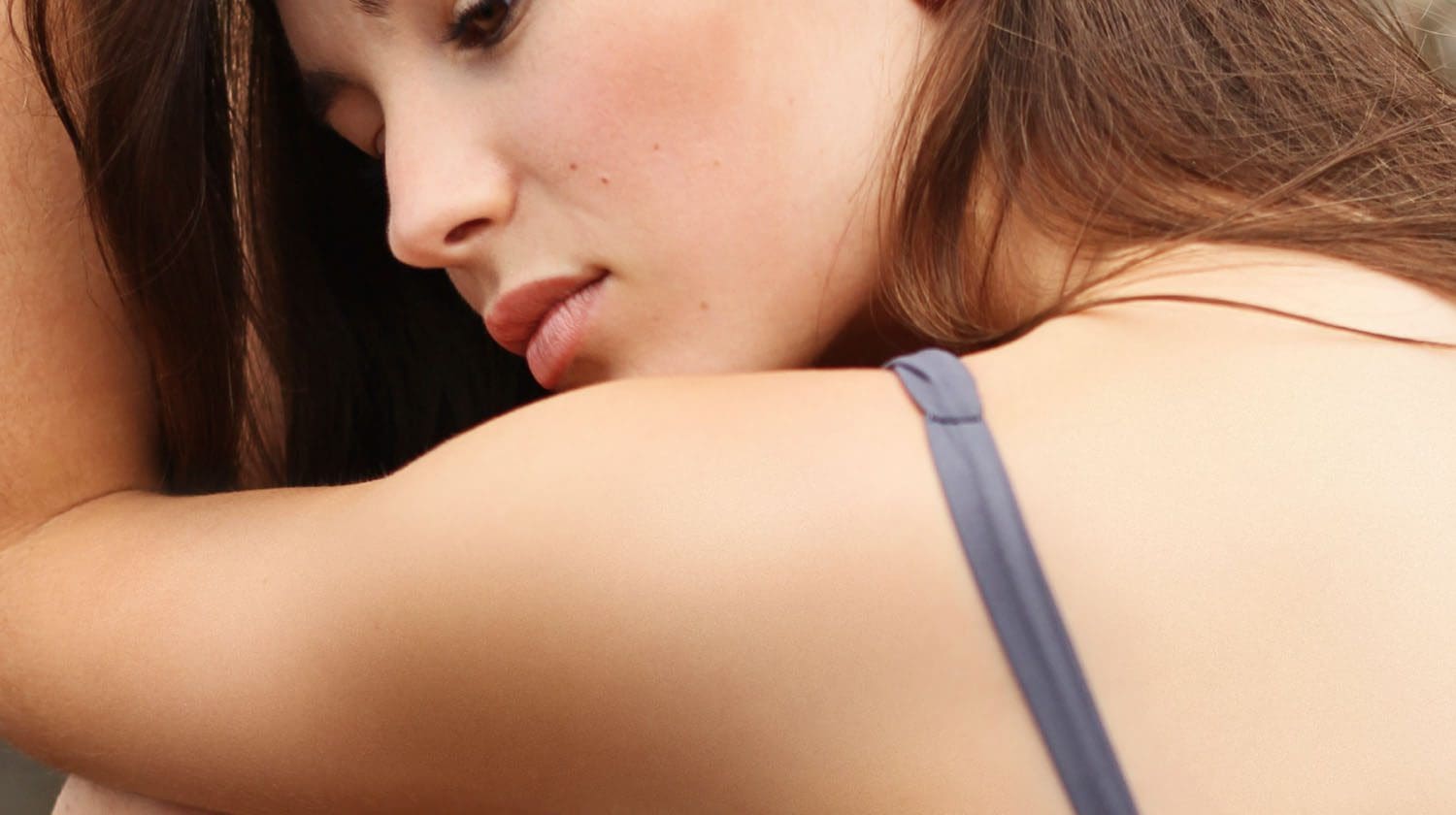



What do our clients think? Average 5 out of 5 based on 7 reviewsRead all reviews
One of the limits of a breast fat transfer procedure is the increase in cup size. We can usually only safely increase breasts by half to one full cup size. Beyond that, and there is a risk that the fat will not survive the transfer process. If you want a greater increase than that, we would look at doing a conventional breast augmentation procedure.
We transfer fat to breasts and buttocks. We do not perform fat transfer to the face, due to the risk of blindness.
There aren’t really any restrictions aside from the face, when it comes to harvesting fat. The common areas include, but are not limited to, abdomen, flanks, back, arms and thighs.
Yes, once the fat has been transferred and swelling subsides, the remaining fat stays in place for life. It behaves like normal fat and will grow and shrink with weight gain/loss.
There are different risks with a breast augmentation and a fat transfer procedure. With a fat transfer procedure, there is a risk that the body will reabsorb more of the fat than is hoped, so the breasts could end up smaller than you wanted. There is also a risk of complications if too much fat is transferred to the breasts. However, with a fat transfer, there is obviously no risk that an implant will rupture or leak. Fat transfer breast augmentation also tends to look more natural than conventional breast implants.
There is always some reabsorption of transferred fat. Some cells are damaged in the removal process, and it is these cells that get reabsorbed. The key recent development in fat harvesting is Vaser Lipo. Vaser is much more gentle in removing fat since it uses ultrasound waves which liquefy the whole fat cells, making viability and survival rate much higher. In our experience, conventional liposuction had about a 75% reabsorption rate, 25% survival rate whereas Vaser Lipo flips that right around (i.e. about 25% reabsorption and 75% survival rate). Everyone is different of course, and that’s an excellent question to put to our surgeon.
Local anaesthetic is administered to the areas to be treated so the areas will be numb, however some amount of pain and discomfort will still be felt depending on each individual’s pain threshold and the areas being treated. Sedation is an option and is sometimes advised over local anaesthetic. Your surgeon will advise on this.
Results will be immediate, however there will be swelling at both the donor site and the treated area so this can affect the appearance temporarily. Full results are normally seen within 3-6 months.
The contraindications for this treatment are: Diabetes, pregnancy, blood clotting disorder, anyone taking aspirin or other blood thinning medications and those with a needle phobia. There must also be enough fat to transfer.
Treatment Summary
Procedure time
1 - 3 hours
Anaesthetic
Local, Sed or GA
Hospital stay
0 - 1
Sensitivity period
1 week
Back to work
1 week
Duration of results
Permanent
Risks & complications
Infection, bleeding, bruising, swelling, asymmetry, reabsorption of transferred fat.
Location

